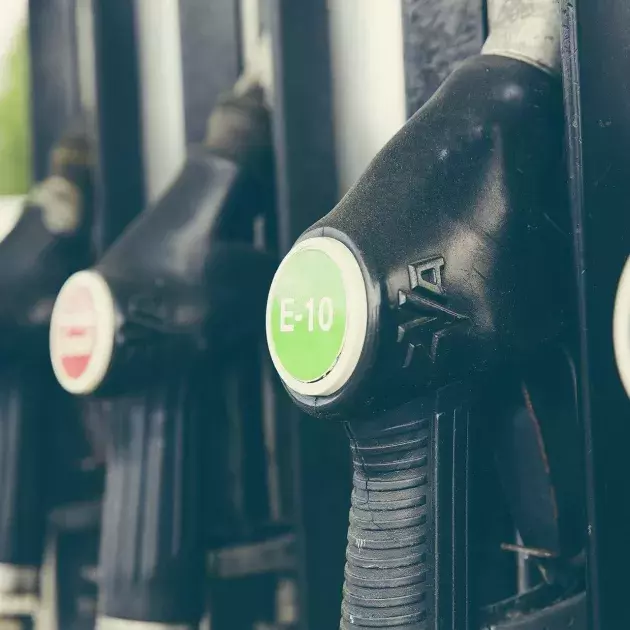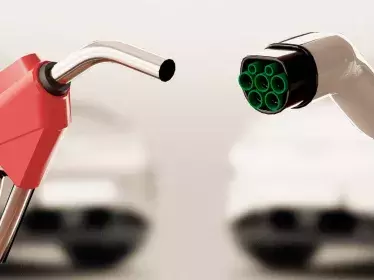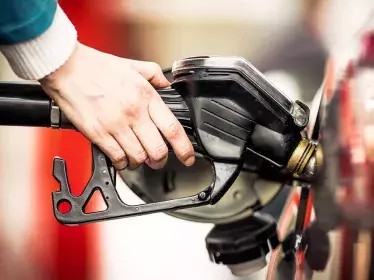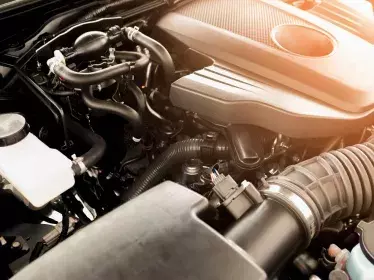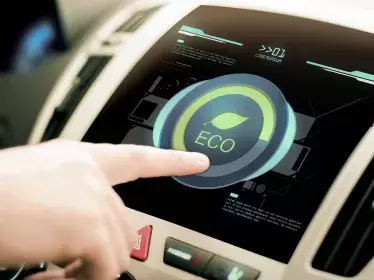Since October 2018, gas stations across Europe have adopted a common labelling scheme to advertise the different types of fuel they offer. Diesel is now called B7, while for petrol, the names Super 98 and Super 95 have been replaced by E5 and E10.
So, two types of petrol are available at the gas station in Belgium. Actually, in all EU countries since 2018, a new fuel label distinguishes the types of petrol according to the percentage of ethanol:
- E5 petrol corresponds to the fuels SP95-E5 and SP98-E5. E5 means that the petrol contains up to 5% bioethanol, blended with unleaded 95 or 98.
- E10 petrol, or SP95-E10, is unleaded 95 enriched with 10% bioethanol.
All new petrol cars and most vehicles manufactured since 2000 can be fuelled with SP95-E10.
These two fuels, E5 and E10, can be mixed in a car's tank without any problem.
However, the level of bioethanol in the fuel mixture makes E10 slightly more corrosive than regular unleaded 95, which may damage some older engines. For these, it’s recommended to use the fuel with the highest octane value (98) and the lowest bioethanol content (E5).


